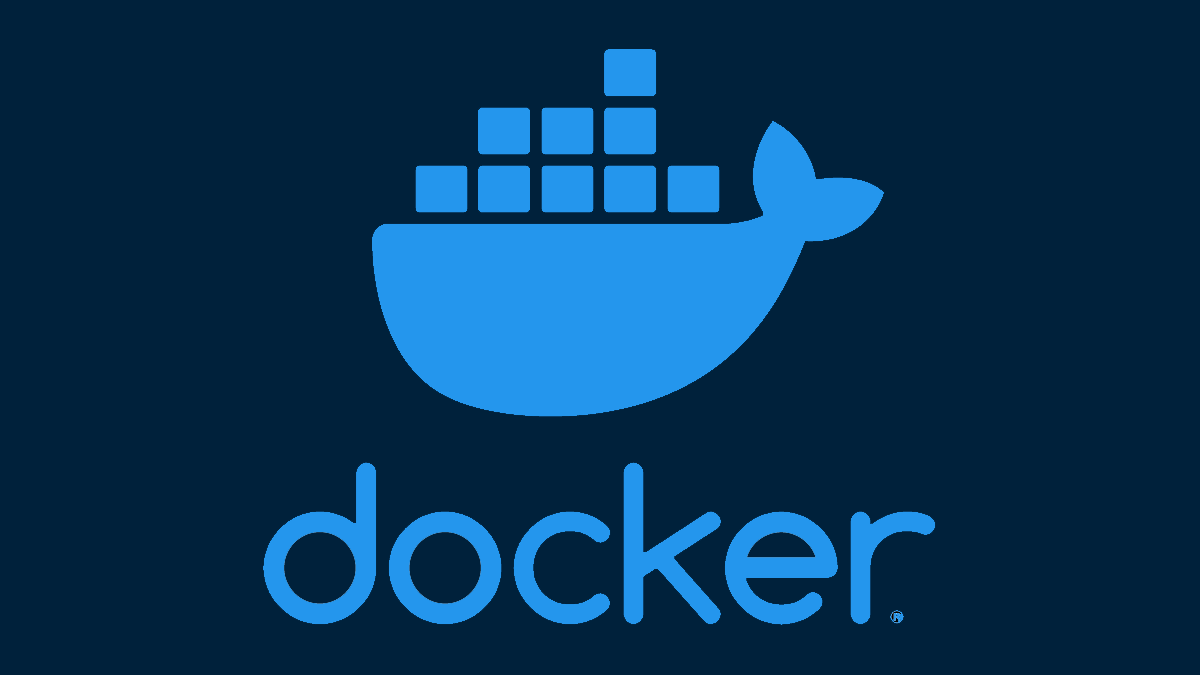Description
Introduction of DataOps for Cloud Environments
DataOps in cloud environments focuses on applying DataOps principles—such as collaboration, automation, and continuous integration—to optimize data pipelines, workflows, and operations in cloud platforms. The cloud’s scalability, flexibility, and advanced services provide a robust foundation for modern DataOps practices. This course will explore how to scale data operations using the cloud, implement best practices for automation, and ensure the security and compliance of data operations in cloud environments. Attendees will learn how to leverage cloud-based tools and services to streamline data workflows, improve performance, and maintain data integrity.
Prerequisites
Participants should have:
- Familiarity with cloud platforms such as AWS, Azure, or Google Cloud.
- Basic understanding of DataOps principles and practices.
- Experience with data processing tools like Apache Spark, Kafka, or ETL pipelines.
- Knowledge of cloud security and compliance requirements (e.g., GDPR, HIPAA).
- Understanding of version control, CI/CD pipelines, and basic programming skills.
Table of Contents
- Introduction to DataOps for Cloud Environments
1.1 What is DataOps in the Cloud?
1.2 Benefits of Implementing DataOps in Cloud Platforms
1.3 Key Challenges and Considerations in Cloud DataOps - Designing Scalable Data Pipelines in the Cloud
2.1 Best Practices for Scalable Data Pipelines
2.2 Leveraging Cloud-Native Tools for Data Processing (AWS Glue, Google Dataflow, Azure Data Factory)
2.3 Scaling Pipelines Using Serverless and Containerized Solutions - Automating Data Operations in Cloud Environments
3.1 Automating Data Ingestion, Transformation, and Loading (ETL)
3.2 Cloud Tools for Data Orchestration (Apache Airflow, AWS Step Functions, etc.)
3.3 Continuous Integration and Deployment (CI/CD) for Data in the Cloud - Managing Cloud Data Storage and Data Lakes
4.1 Choosing the Right Cloud Storage Solutions (S3, Azure Blob Storage, Google Cloud Storage)
4.2 Building and Managing Cloud Data Lakes(Ref: DataOps Automation: Optimizing Data Pipelines and Workflows)
4.3 Automating Data Storage and Retrieval with Cloud Services - Security and Compliance in Cloud-Based Data Operations
5.1 Data Security Best Practices in Cloud Environments
5.2 Ensuring Compliance with Regulations (GDPR, HIPAA, CCPA)
5.3 Automating Security and Compliance Audits for Data Pipelines - Optimizing Performance in Cloud DataOps
6.1 Monitoring Data Pipelines and Workflows in the Cloud
6.2 Performance Tuning for Cloud Data Operations
6.3 Cloud-Based Solutions for Optimizing Data Processing Speed - Collaboration and Governance in Cloud DataOps
7.1 Facilitating Team Collaboration Using Cloud Tools
7.2 Managing Data Governance and Lineage in Cloud Data Pipelines
7.3 Enabling Version Control and Reproducibility for Data Operations - DataOps for Machine Learning and Analytics in the Cloud
8.1 Integrating DataOps with Cloud Machine Learning Platforms (AWS Sagemaker, Azure ML, Google AI)
8.2 Automating Data Pipelines for Machine Learning and Analytics Workflows
8.3 Best Practices for Scaling and Securing Analytics in the Cloud - Real-Time Data Streaming and Processing in the Cloud
9.1 Building Real-Time Data Pipelines with Cloud Services (AWS Kinesis, Google Pub/Sub, Azure Event Hubs)
9.2 Automating Real-Time Data Processing and Analytics
9.3 Handling High-Volume Data Streams in Cloud Environments - Future Trends in DataOps for Cloud Environments
10.1 Emerging Cloud Tools and Technologies for DataOps
10.2 The Role of AI and Machine Learning in Cloud DataOps
10.3 Evolving Trends in DataOps Automation and Cloud Scalability
Conclusion
DataOps in the cloud offers a powerful framework for managing and scaling data operations, improving the speed and reliability of data delivery. By leveraging cloud-native tools and services, organizations can automate their data pipelines, scale data operations seamlessly, and ensure that data remains secure and compliant. The integration of cloud-based DataOps with machine learning, real-time processing, and analytics further enhances its potential to drive innovation and business value. As cloud platforms continue to evolve, mastering DataOps in cloud environments will be essential for organizations looking to optimize their data infrastructure and maintain agility in a rapidly changing digital landscape.







Reviews
There are no reviews yet.